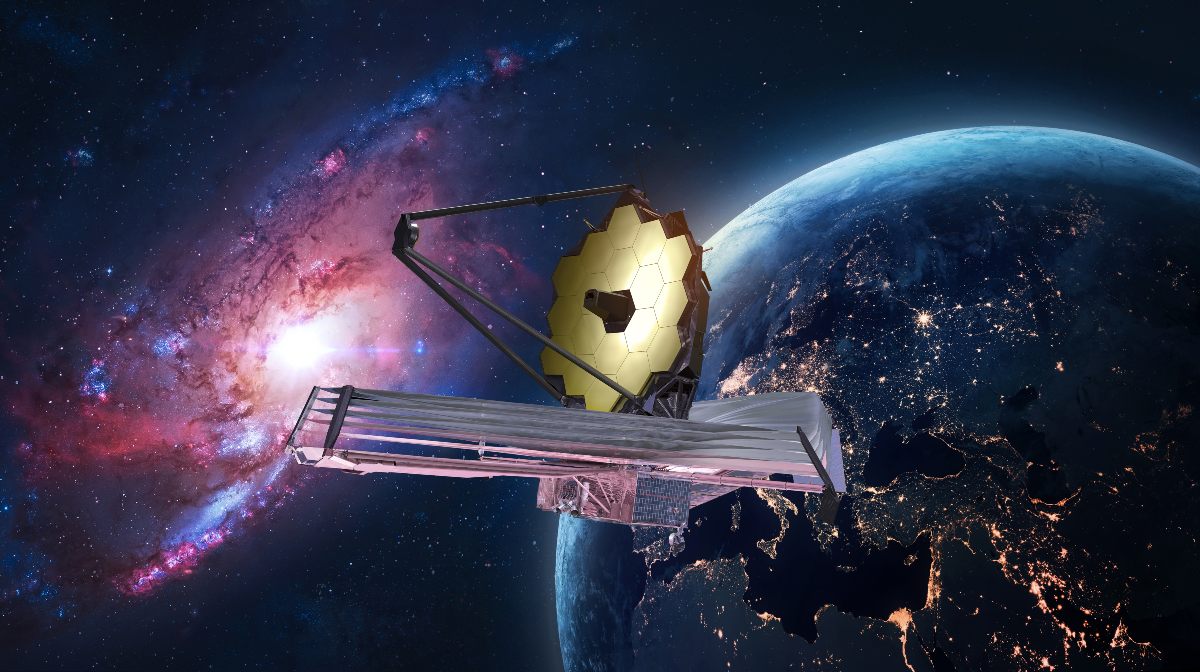The National Aeronautics and Space Administration (NASA), takes up the idea of a lunar race with the intention of business. The Artemis mission is setting the stage for what will be the return to Earth’s natural satellite. The moon walk, in the 1960s, was visualized by blurry black-and-white televisions. Modern generations, even with all their technological advances, saw the loss of lunar landing capability.
NASA, since 1973, has not had a rocket with sufficient power to send astronauts into space. The last mission, the Saturn V, marked the U.S. agency’s retirement from human space. However, last November 16, the return of the United States to the moon business was made official. A new mega-rocket streaked across the sky with an inaugural test flight of the Orion spacecraft. Many see, with this measure, the beginning of a new quest to lead humanity to a new world.
Anyway, there is no one inside Orion for the Artemis I mission. Which is a test flight that hopes to clear the way for astronaut boarding. Work is underway for the next mission, scheduled for 2024, to have crew members inside.
The moon as NASA’s target
Based on new hardware, the U.S. space administration intends to build a base in lunar orbit. The objective is to be able to transport astronauts from one side of a lunar camp to the other. The agency also has its sights set on the “red planet”, distant from Earth by more than 140 million kilometers, at the time of perihelion.
Thomas Zurbuchen, NASA’s associate administrator for science, explained to the site Mashable that:
“The commitment to go to the moon has to be seen in the context of going to Mars. That’s perhaps one of the most difficult things we’ve ever done as humans, in terms of technology, in terms of goals.”
For this science associate administrator, the present mission is more difficult than the Apollo program. “We are doing it as a world, not as a country,” said Zurbuchen, on how the work of going to the moon is being approached. The mission is very ambitious and aims at a future where people can settle on Mars. Of course, to this end, NASA needs practice and needs help to achieve it.
Interspatial travel
To make this intention multi-planetary, the participation of several spacefaring nations is necessary. To this, commercial partners must be added for the development of the lunar economy, much needed to support this space effort. The United States, despite some scientific accomplishments, did not always look forward to exploring the moon.
After the discovery of water on the moon, many scientific and lucrative possibilities open up. After leaving aside the fact that the Earth’s natural satellite was an arid wasteland, the possibilities of inhabiting it are reborn. Lowering costs in relation to the heavy fuel used by rockets is essential. At this point, several geological and mining firms would be interested in working on lunar water extraction.




